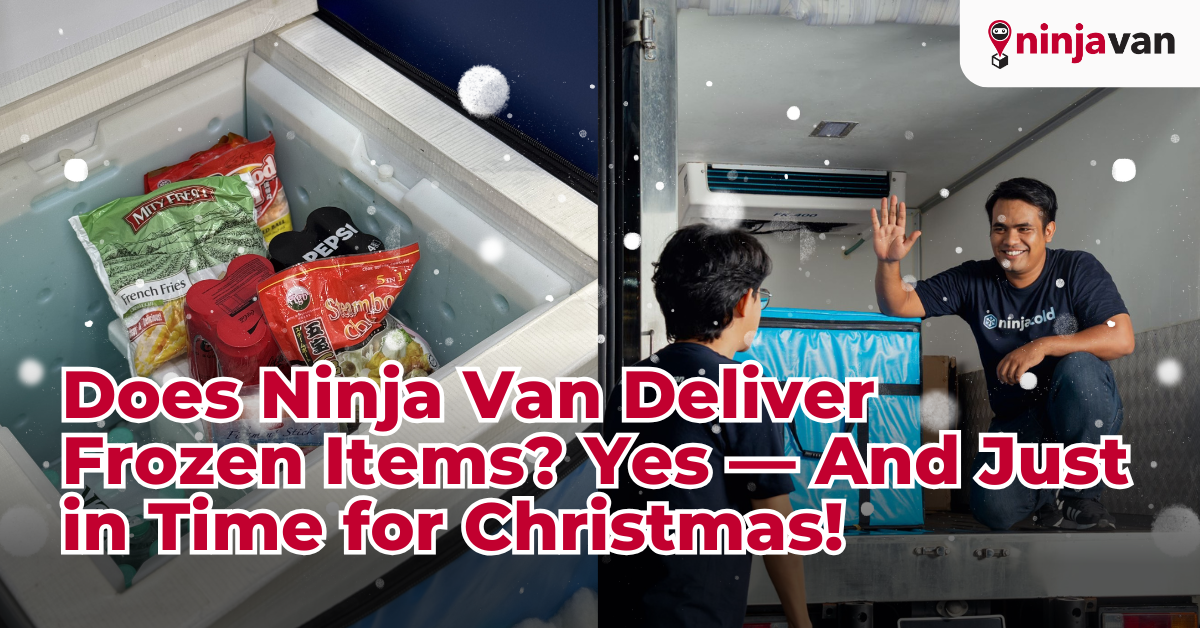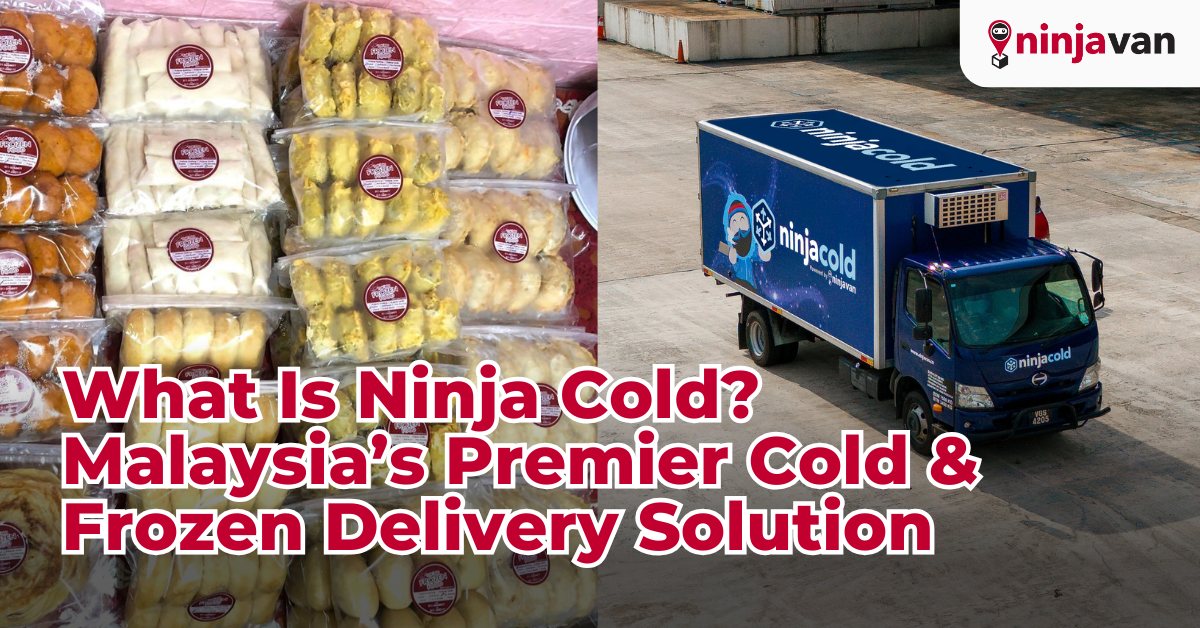Thinking of sourcing and shipping from China? You’re not alone. Tens of thousands of Malaysian businesses already do it. But not all do it well.
At Ninja Freight, we’ve helped brands move everything from kitchenware to skincare across borders. We’ve seen what works, what fails, and where first-time importers get stuck. This guide distills that knowledge.
It’s based on our own experience, and informed by WorldFirst’s Ultimate Guide to Sourcing as an International Buyer | 2025 SEA Edition, where we were proud to contribute insights on logistics and cross-border flows.
If you’re trying to cut out middlemen, improve margins, or take more control of your supply chain, this is your starting point.
Finding the Right Supplier
Chinese sourcing platforms host a wide range of sellers. You’ll commonly encounter:
- Wholesalers, who offer ready stock with lower Minimum Order Quantity (MOQs) and faster turnaround. Ideal for testing product-market fit.
- Factories, which produce to order, typically at better unit prices for bulk quantities. These are suitable for private label or branded product development.
- Sourcing agents, who act as intermediaries to help with negotiations, product checks, and shipment consolidation.
Whichever route you choose, verification matters. Look for suppliers with years of transaction history, buyer reviews, and a clear willingness to provide samples. If a supplier avoids details or pushes for fast payment, that’s a warning sign.
Communicating with Suppliers
Most Chinese suppliers operate in Chinese, particularly Mandarin, but that doesn’t make them inaccessible. Many foreign importers communicate effectively using a combination of simple English, and machine-translated Chinese (via ChatGPT or DeepL).
State your quantity, customization needs, and delivery expectations clearly. Confirm all terms in writing, including materials, packaging specs, lead times, and total pricing. Keep chat logs and transaction history, they’re essential if disputes arise later.
Negotiating and Placing Your Order
Negotiation is part of the process. Suppliers typically expect buyers to negotiate, especially if you’re placing a bulk order or planning repeat business.
Key points to negotiate:
- Price per unit (especially if you’re buying larger quantities)
- Sample fees (sometimes refundable after an order)
- Customisation costs (printing logos, packaging)
- Shipping options and costs
- Payment terms (partial payment or full upfront payment)
Be polite but firm. Make sure to build rapport (“e.g., I plan to place larger orders if the sample quality is good.”). Always talk about long-term cooperation as suppliers prioritise repeat customers and don’t shy away from asking for a better price if ordering multiple products (combining SKUs).
Important Chinese Terms
| Chinese Term | Meaning | Explanation |
| 现货 (xiàn huò) | Ready stock | Immediate shipment available |
| 定制 (dìng zhì) | Customisation | OEM orders (logo, design) |
| 起订量(qǐ dìng liàng) | Minimum Order Quantity (MOQ) | Lowest quantity seller will accept |
| 批发 (pī fā) | Wholesale | Bulk buying |
| 代发货 (dài fā huò) | Dropshipping | Supplier ships direct to customer |
Making Payments Securely
Once terms are set, payment comes next. This step carries the most risk if done carelessly.
Avoid making payments through personal bank accounts, QR codes, or WeChat unless you’ve thoroughly verified the supplier. The safest option is to use platform-integrated payment tools or trusted cross-border systems (e.g., WorldFirst). These provide transaction records, currency conversion, and some level of buyer protection.
Before you send money, always confirm:
- The full cost (product, packaging, domestic delivery, VAT if applicable)
- The supplier’s business name and bank details
- Delivery terms and refund policies if issues arise
Keep receipts and screenshots of every transaction.
Shipping and Logistics
Once production is complete and payment is confirmed, it’s time to move your goods out of China to Malaysia.
Freight Options
- Air freight (2–5 days): Great for launches or urgent SKUs. But expensive. You’re paying for speed.
- Sea freight (15–30 days): Best for bulk shipments. Lowest cost per unit, but requires longer planning.
- Land freight (4–10 days): More common in Vietnam and Thailand. Not typically used for Malaysia unless part of multimodal routes.
Suppliers within Guangdong or Zhejiang provinces typically ship goods 3–5 days faster than inland counterparts, as they avoid cross-country trucking. For time-sensitive orders, proximity to ports like Shenzhen is a key supplier criterion.
Businesses also often forget to factor in domestic delivery within China, from supplier to port or warehouse. This alone can add 5–10% to your total landed cost if not negotiated upfront.
Customs and Documentation
Each mode of shipping requires different paperwork. At minimum, you’ll need:
- Commercial invoice
- Packing list
- Certificate of origin
Additional documentation may be required for regulated goods, such as food, electronics, or cosmetics. Work with a freight forwarder or customs broker to avoid delays. Most customs problems come from missing or incorrect paperwork, not transport issues.
4 Common Mistakes to Avoid
Even experienced importers run into problems. These are the most common and preventable issues:
#1. Paying Outside the Platform
Avoid sending money through personal accounts unless you fully trust the supplier. Platform-linked payments offer more security and accountability.
#2. Skipping Samples
A product that looks good in photos might arrive with lower-quality materials or the wrong specifications. Always test first.
#3. Misunderstanding Price Inclusions
Don’t assume that the listed unit price includes domestic freight, VAT, or packaging. Always ask for a full cost breakdown.
#4. Rushing the Process
If you skip negotiation, documentation, or production checks, you risk delays or defective products. Allocate time for each step, especially if it’s your first time sourcing.
Move Smarter, Not Just Cheaper
Sourcing from China isn’t just about finding cheap suppliers, it’s about building a smarter supply chain. Whether you’re looking to expand your product line, improve your margins, or reduce dependency on local resellers, the process starts with being informed and structured.
If you need a reliable freight partner to manage the movement of goods from China to Malaysia, Ninja Freight can help. We supported the WorldFirst whitepaper this article draws from, and we continue to support businesses like yours in managing customs, shipping, and documentation, so you can focus on selling.
Get 5% off all quotations!
Email reg-nf-sales@ninjavan.co with the subject line NV1688 to get 5% off all quotations! Offer valid until 30 September 2025.







